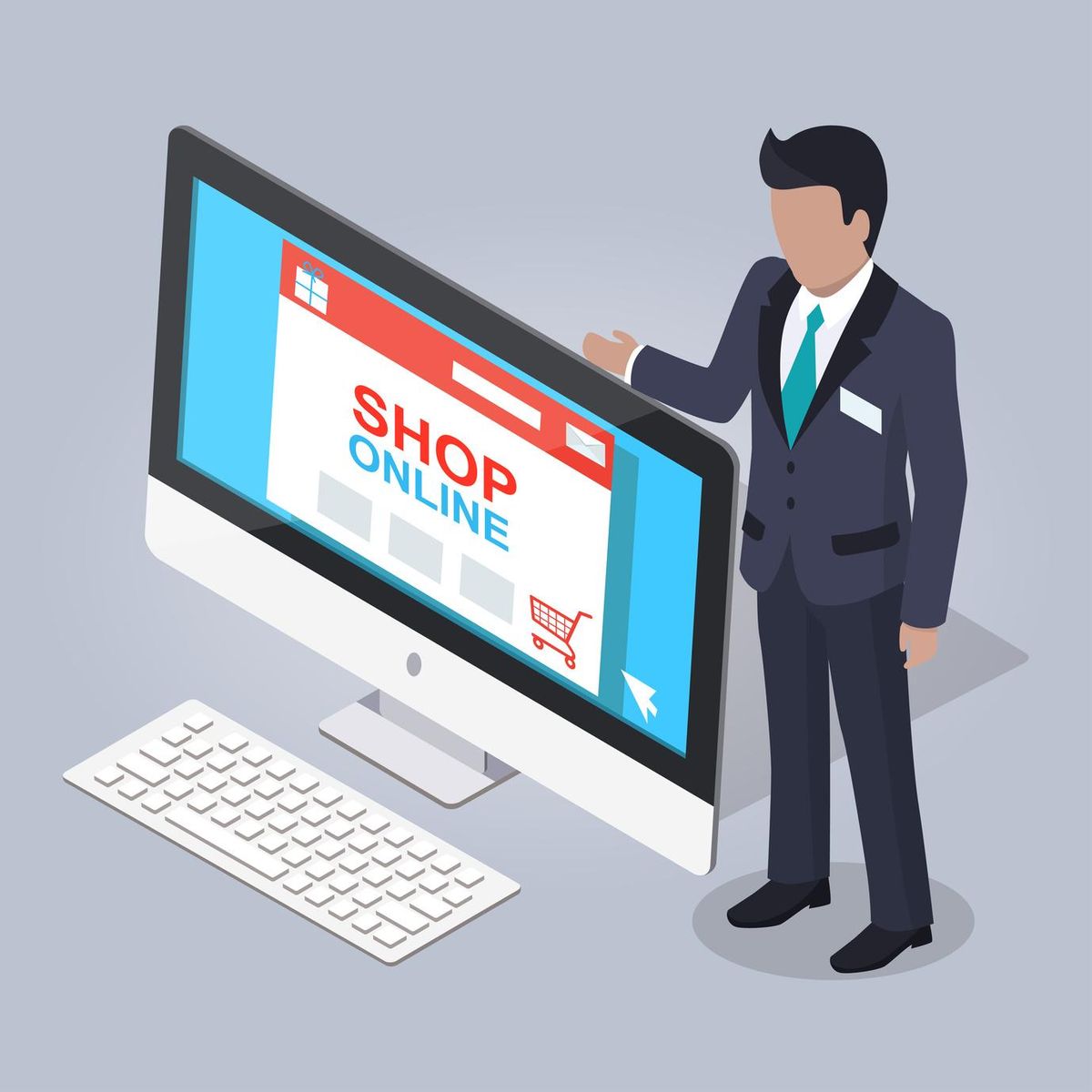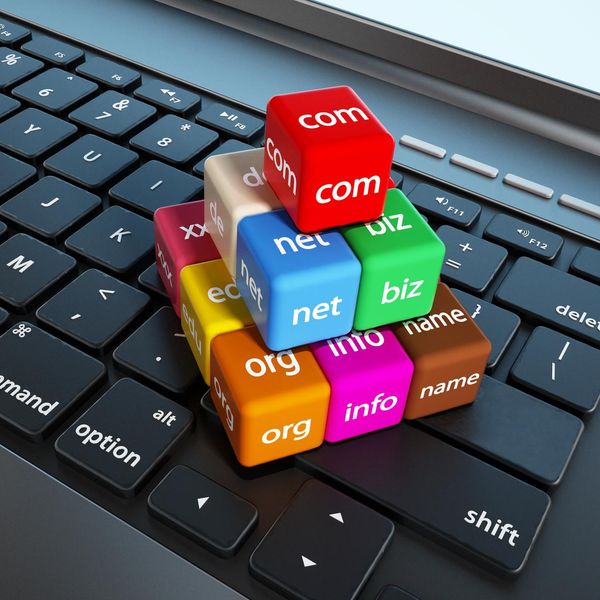
Get Customers to Buy From You When Everyone's Selling the Same Thing
By Andrew McDermott
"Your price is too high. Amazon sells this for a lot less money."
If you have an e-commerce store, you've most likely dealt with this, i.e., customers refusing to buy from you because someone else has it cheaper.
It's even more difficult for brick-and-mortar stores. Customers are now "showrooming" products, shopping in person but buying online. It's suddenly gotten much harder to make a sale.
When you sell the same product as everyone else it feels like you're a commodity. And you are—if you're just another option. Customers are overwhelmed with choices; the last thing they need is another option. Because there's always someone willing to lose money to move products. But this isn't the main reason customers won't buy from you.
Sure, things like free shipping, loyalty programs, and engagement can help to lure customers your way. Tactics like these work when you've already got a great foundation in place. The real problem, however, is uniqueness. As an e-commerce retailer, you need uniqueness at two levels: the business level and the product level.
Uniqueness shows customers why they need you when everyone is selling the same thing
Uniqueness and scarcity work together like Batman and Robin. When you're genuinely unique, customers can only get what you're offering—that one special thing—from you. It's clear and it's measurable; it's also something you can protect.
Uniqueness at the business level is straightforward. Identify the one thing that makes your business unique, the single most valuable thing your business can offer your customers, and then build your business around that one special thing.
But what does that kind of uniqueness look like? Here are some examples:
- FedEx: When it absolutely, positively has to be there overnight.
- M&M's: Melts in your mouth, not in your hand.
- Domino's Pizza: You get fresh, hot pizza delivered to your door in 30 minutes or less—or it's free.
See how each of these items' uniqueness is clear and specific? As a customer, you immediately understand the value they're bringing to the table.
Creating uniqueness at the product level
Uniqueness created at the product level is a whole different animal. There are manufacturer rules to follow, pricing constraints to stay within, and a whole lot of details to account for. Here's how you create uniqueness at the product level. These strategies work whether you're selling your own product or someone else's.
1. Give what others won't
Customers often want what they can't have. Or, they need things they aren't aware of. This means you have the opportunity to give them both. Oftentimes that means doing things your competitors won't.
Sprint wanted to show it was different, that its phone plans and service was better. So it created the "Simply Everything" plan. The company did this at a time when no one else offered a truly unlimited data plan, which was exactly what customers wanted but weren't getting from other competitors. Sprint gave what others did not.
And the results? Sales skyrocketed as Sprint attracted a whole lot of new customers. The majority of these customers were loyal, and they stuck with Sprint because Sprint offered something no one else did.
2. Relieve your customers' secret fears.
I buy hard drives on a regular basis, and one of the things I'm afraid of is having that drive (or several drives) die just outside the warranty window.
Let's say two websites carry the same exact hard drive. Website A has a low price but is not offering anything outside of what the manufacturer has given it; Website B charges a little bit more but offers an extended warranty and 6 months free backup from Dropbox or Carbonite.
Which one are you likely to choose? If you're like me, you're all over Website B. It understands my secret fear and it's doing everything it can to relieve that fear.
3. Create a training or support bundle
Do customers know how to use your product? What if they need extra help after the sale? What happens if they run into a problem or experience an error?
Adding a training or support bundle to your product gives you the ability to gently let customers know they may be in over their head. You can get customers up and running quickly, show them how to avoid common mistakes and even deal with minor problems, reducing the amount you spend on customer service. Do it right and customers will pay more money and contact customer service less.
And the best part? It gives you a chance to develop relationships with your customers. Using email, you can reach out to each customer, working within a time table that fits their needs.
4. Offer delayed benefits, exclusive add-ons
Game and toy manufacturers are pros at this. They'll create special variations of their products for big-name retailers. And then each store gets its own version of the product and its own set of bonuses, creating powerful incentives for customers to shop with them.
As a small store, you may not have the same kind of clout, but that doesn't mean you can't do the same thing. Build benefits and add-ons around your products. If you're selling electronics, you can offer an extended in-store warranty. If you're selling razors, offer free shaving cream, aftershave, and face cleanser for orders over $60, shipping everything out for free. Selling supplements? Send customers a free book with their orders. Give them a one-time discount (or bonus) if they join your autoship program.
Have you spotted the common theme behind each of these strategies? Here's a hint, they focus on one specific thing: giving. But it's not just giving that makes the difference when everyone is selling the same thing; giving indiscriminately is asking for abuse. When your giving is unique, you know how to serve your customer. This is the element that keeps your customers coming back.
More articles from AllBusiness.com:
- Selling Your Product in Online Marketplaces: 5 Rules for Success
- Hate Preparing for Your Sales Presentations? Here’s a Straightforward 7-Step Checklist
- 4 Surprising Sales Lessons We Can Learn From Toddlers
- Improve Your Customer Experience in 6 Steps
- 11 Tips to Successfully Negotiating Online
Dealing with comparison shopping
But being unique won't stop comparison shopping, and you don't want it to stop. When you're truly unique, you've got an unfair advantage. There are no businesses that compare to yours, because no businesses have what you have. At this point, comparison shopping stops being the enemy. Uniqueness at the business and product level turns comparison shopping into a powerful weapon customers use to identify you as the winner.
Customers don't want uniqueness; they want a good deal. But a good deal is relative. Customers use price as a measuring stick when everyone is selling the same thing. Adding additional value to an existing product changes the game.
Remember our hard drive example?
- $80 for a 1 TB hard drive
- $87 for a 1 TB hard drive + 5 year warranty + 6 months free backup
Giving changes price comparisons into value comparisons. And that's what customers (even bargain hunters) are looking for.
What about copycats?
Uniqueness at the business level can be protected with trademarks, copyrights, and patents. You can share your uniqueness, increasing the damage done to a competitor if they steal your idea. It's also possible to protect uniqueness at the product level, but it's not as easy.
So then how should you deal with product copycats? You deal by continuing to move forward. You continue creating uniqueness. If competitors are copying you, they're acknowledging you as the leader.
Of course, Amazon might sell the same product for less money, but that shouldn't be a threat to your business. Showrooming and comparison shopping can increase sales when uniqueness is done well because sometimes nothing's better than an unfair advantage.
RELATED: How to Market a Product Kids Will Love and Parents Will Buy



